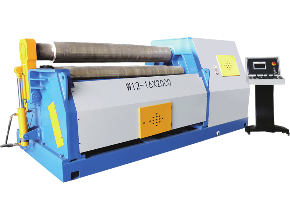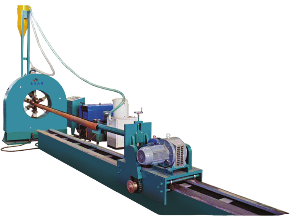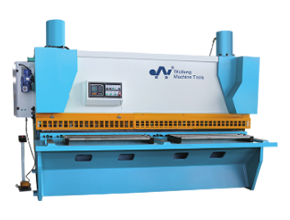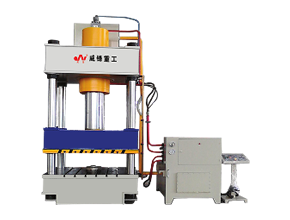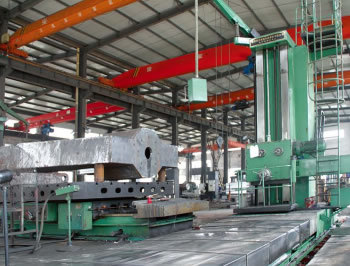Understanding Plate Bending Machines: The Key to Precision Metal Fabrication
Release Time:
2025-10-29


A plate bending machine typically operates through a combination of hydraulic or mechanical systems, allowing for controlled bending processes. The core functionality involves clamping the metal sheet between a fixed and a moving die, where the latter applies force to achieve the desired bend. The versatility of these machines means they can handle a range of materials, including aluminum, steel, and stainless steel, making them suitable for various applications in industries like construction, automotive, and aerospace.
One of the notable advantages of using a plate bending machine is the precision it offers. Manufacturers can achieve consistent angles and shapes with minimal deviation, which is crucial for components that must fit together perfectly in assemblies. This precision is particularly important in sectors where safety and performance are paramount, as even minor errors can lead to significant issues.
In addition to precision, plate bending machines enhance productivity. These machines are often designed for ease of use, allowing operators to quickly set up and execute bends without extensive training. Advanced models may come equipped with digital controls and programmable features that streamline the bending process, enabling manufacturers to produce complex shapes efficiently.
Moreover, the use of plate bending machines can help reduce material waste. By allowing for precise measurements and controlled bending processes, manufacturers can optimize their material usage, leading to cost savings and a more sustainable production process. This aspect is becoming increasingly important as industries strive to minimize their environmental impact.
Another factor to consider is the safety features incorporated into modern plate bending machines. Manual handling of heavy sheets can pose risks, but these machines often include mechanisms to ensure operator safety, reducing the likelihood of accidents in the workplace. Regular maintenance and adherence to safety protocols are vital to ensure that these machines operate effectively and safely over time.
In conclusion, plate bending machines play a crucial role in the manufacturing and fabrication sectors, offering precision, efficiency, and safety. As industries continue to evolve and demand higher quality and more complex metal components, the significance of these machines will only grow. Understanding their functionality and benefits is essential for manufacturers looking to enhance their production capabilities and maintain competitive advantages in today’s market.
Related News
NanTong HAVI CNC Machinery Co., Ltd.
Phone/WhatsApp: +86 17606524813
Address: Libao Development Area,HaiAn jiangsu China
COOKIES
Our website uses cookies and similar technologies to personalize the advertising shown to you and to help you get the best experience on our website. For more information, see our Privacy & Cookie Policy
COOKIES
Our website uses cookies and similar technologies to personalize the advertising shown to you and to help you get the best experience on our website. For more information, see our Privacy & Cookie Policy
These cookies are necessary for basic functions such as payment. Standard cookies cannot be turned off and do not store any of your information.
These cookies collect information, such as how many people are using our site or which pages are popular, to help us improve the customer experience. Turning these cookies off will mean we can't collect information to improve your experience.
These cookies enable the website to provide enhanced functionality and personalization. They may be set by us or by third-party providers whose services we have added to our pages. If you do not allow these cookies, some or all of these services may not function properly.
These cookies help us understand what you are interested in so that we can show you relevant advertising on other websites. Turning these cookies off will mean we are unable to show you any personalized advertising.


